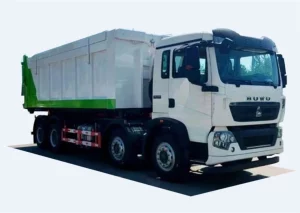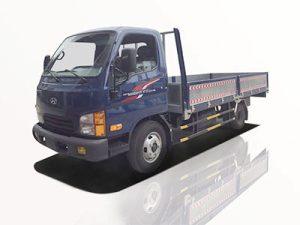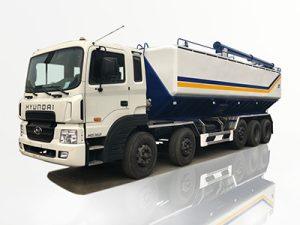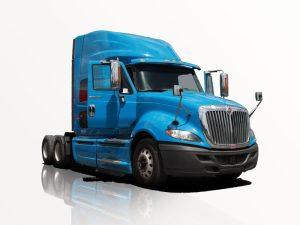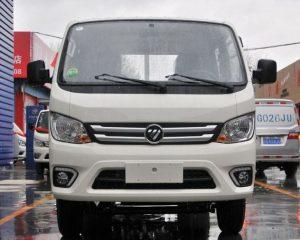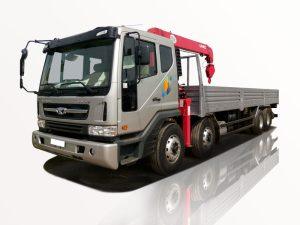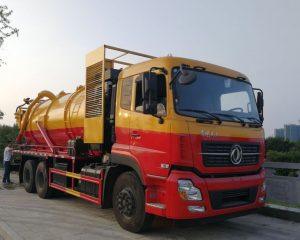Monday to Saturday - 8:00 -17:30
10 Box Truck: A Comprehensive Guide to Understanding and Choosing the Right Box Truck
As the demand for efficient transportation solutions continues to rise, many businesses and individuals are turning to box trucks for their logistical needs. Among the various options available, the 10 box truck is particularly popular due to its versatility and capacity. This article will explore the ins and outs of the 10 box truck, diving into its features, advantages, and practical uses.
What is a Box Truck?
A box truck, also known as a cube truck or a box van, is a heavy-duty vehicle designed for transporting goods. It is characterized by its enclosed cargo area, which is perfect for protecting items from the elements. Box trucks can vary in size, but the 10 box truck stands out for its convenient dimensions, making it an excellent choice for various transportation needs.
Features of a 10 Box Truck
1. Dimensions and Capacity
Typically, a 10 box truck features a cargo area measuring approximately 10 feet in length. This dimension allows for a payload capacity of around 2,500 to 6,000 pounds, depending on the model and manufacturer. Its compact size provides an ideal balance between maneuverability and storage space.
2. Engine Options
Most 10 box trucks come equipped with robust engine options that provide sufficient power for transportation and towing. Depending on the specific model, engines may range from 4-cylinder to V8 configurations, offering varying levels of horsepower and fuel efficiency.
3. Cargo Accessibility
Box trucks generally feature large roll-up doors or swing doors, allowing for easy loading and unloading of goods. Some models may also have features like lift gates, making the transition between the ground and the cargo area much smoother.
Advantages of Using a 10 Box Truck
1. Versatility
The 10 box truck is utilized for numerous applications, including moving furniture, transporting equipment, and delivering goods. Its versatile design makes it suitable for both commercial and personal use.
2. Cost-Effectiveness
In comparison to larger trucks, the 10 box truck typically has lower operating costs, making it budget-friendly for small businesses or individuals looking to make occasional moves.
3. Easy to Drive
Its smaller size allows for easier navigation in urban areas, making it an excellent choice for city deliveries and residential moves. Drivers generally find it more straightforward to maneuver than larger trucks.
Common Uses of a 10 Box Truck
1. Moving and Relocation
10 box trucks are often rented by individuals and families for local moves, making it an ideal size for transporting furniture and boxed items. Moreover, moving companies frequently use them for smaller relocation jobs.
2. Delivery Services
Many businesses utilize 10 box trucks to deliver goods to customers. This size allows delivery drivers to efficiently navigate through tight spaces while still providing ample cargo space for packages.
3. Catering and Food Services
Box trucks can also serve as mobile kitchens or catering trucks, fitted with necessary equipment for food preparation and service. This trend has been popular in event planning and outdoor catering operations.
4. Construction and Logistics
Construction companies use 10 box trucks to transport tools, materials, and equipment needed on job sites. This capability allows for quick access to essential resources, improving work efficiency.
Factors to Consider When Choosing a 10 Box Truck
1. Budget
Evaluate your budget and determine how much you’re willing to invest in a box truck. Consider costs not just for purchase or rental but also for insurance, fuel, and maintenance.
2. Size Requirements
Analyze your space needs. Ensure that the 10 box truck’s cargo area aligns with the volume and weight of goods you’ll be transporting.
3. Rental or Purchase
Decide whether you want to rent or purchase a 10 box truck. Renting is typically more cost-effective for infrequent use, while purchasing may offer savings over time for ongoing needs.
4. Engine Type and Fuel Efficiency
Look into the engine specifications and fuel efficiency ratings. A more fuel-efficient vehicle can save money in operational costs over time.
How to Maintain a 10 Box Truck
1. Regular Inspections
Perform routine inspections of your box truck to check for any mechanical issues. Pay attention to the brake system, tires, and engine fluids.
2. Scheduled Maintenance
Follow the manufacturer’s recommended maintenance schedule, which typically includes oil changes, filter replacements, and fluid checks.
3. Clean the Cargo Area
Regularly clean the cargo area to prevent damage and maintain hygiene, especially if transporting food or delicate items.
Practical Examples of 10 Box Trucks and Their Configurations
1. U-Haul 10 Box Truck
U-Haul offers a 10-foot box truck that is perfect for small moves. Its 2,850 pounds of maximum load capacity and easy-to-use cargo loading features make it a favorite among individuals moving locally.
2. Penske 10 Box Truck
Penske provides a 10-foot box truck designed for a smooth ride, featuring a spacious cargo area and built-in safety features that assist drivers in making efficient deliveries.
Cost Breakdown of Owning a 10 Box Truck
| Expense Type | Estimated Cost |
|---|---|
| Purchase Price | $20,000 – $30,000 |
| Insurance | $1,200 – $2,500 per year |
| Fuel | $100 – $200 per month |
| Maintenance | $500 – $1,000 per year |
| License and Registration | $200 – $400 per year |
| Depreciation | 15% – 20% per year |
Frequently Asked Questions (FAQs)
1. How much can a 10 box truck hold?
A 10 box truck can hold approximately 2,500 to 6,000 pounds of cargo, depending on the model.
2. Can I drive a 10 box truck with a regular driver’s license?
Yes, in most states, you can drive a 10 box truck with a standard driver’s license, as it typically falls under the weight limit.
3. How do I choose between renting and buying a 10 box truck?
If you only need the truck occasionally, renting may be more cost-effective, while buying makes sense if you need to use it regularly.
4. What size is the cargo area of a 10 box truck?
The cargo area of a 10 box truck is generally about 10 feet long, creating sufficient space for small moves or deliveries.
5. What safety features should I look for in a 10 box truck?
Look for features such as anti-lock brakes, airbags, backup cameras, and lane departure warnings to enhance safety while operating the truck.
6. How do I load a 10 box truck efficiently?
Distribute weight evenly across the cargo area, place heavier items at the bottom, and secure all items to prevent shifting during transport.



